Starting seeds indoors is a great way to extend your growing season and get a little bit more out of your already hard-working garden. Even if you don’t decide to start seeds yourself, purchasing transplants from a nursery will buy you a little more time and make it possible for you to grow plants with extended seasons, like tomatoes and peppers, with ease, even in colder climates.
However, without hardening off your seedlings, you’re wasting all of your hard work and putting your plants in jeopardy. Hardening off is necessary to get your plants acclimated to harsh outdoor temperatures - and it’s something that’s vital to do if you’re going to grow any kind of warm-weather crop.Tips for Hardening Off Your Seedlings
There is so much more to planting seedlings than just dropping them into a bucket of soil and adding water. While everyone wants to start them at home, it isn't always a good idea. It's a must to understand all of the things that go into a productive harvest, and it all starts with that little seed. Below you will find out everything you need to know about seedlings and how to implement these tips this growing season.
Not sure where to begin? Check this list of the best plants to start as indoor seedlings. The ultimate hack to beginning your first garden is there! Of course, you may also want to keep in mind these tips to prevent leggy seedlings as well.
1. Check Frost Dates
Your first step in hardening off your seedlings? Figure out when your plants need to go outside. Some plants, like asparagus, kale, and spinach, can be hardened off while there’s still a risk of frost. Others, like tomatoes, can’t handle that kind of cold. Wait until the advised last date of frost to start hardening off for those sorts of plants.
2. Stop Watering and Fertilizing Ahead of Time
Once you know when your plants need to go outside (it can help to create a calendar of starting dates or reminders in your cell phone!), prepare your plants inside by halting your watering and fertilizing schedule.
Stop all supplemental watering and fertilizing about a week before your plants go outside. This is the first step in “beefing them up” in preparation for outdoor conditions.
Need more master gardener tips? Check out this list of the top gardening hacks that are sure to make your garden thrive this year!
3. Keep Them in Trays and Add Some Wind
When you are hardening off your plants, it can help to keep them in their original trays. Rather than putting them in individual containers, which will make it a hassle to bring them outdoors and back inside, keep them in the seed-starting trays to schlep them back and forth.
Before you introduce your seed trays to the great outdoors, consider using a fan to introduce them to outside conditions. Simply use a fan to move the air to acclimate them to the effects a gentle breeze might produce outside. Don’t turn it on high - this can be just as drying and damaging as a gusty wind.
4. Choose the Right Spot and Pick Your Timing Carefully
Next, you’ll need to find the right spot to harden off your plants. Most of the time, that spot will be one that isn’t subjected to harsh winds, pests, or animals. It should be out of foot traffic and protected from the sun for at least the first few hours. There are a few options that will work - on a table beneath a tree, a shady spot against the house, and so on.
When preparing your spot, remember to protect your plants against pests like slugs, snails, and even animals, too.
You also need to think carefully about your timing. The best time of day to start hardening off your seedlings is in the mid-to late afternoon when conditions tend to be calm. Put them outside for just an hour, then bring them back inside.
5. Improvise With a Garage
Don’t have a shady, sheltered location to start your seedlings outside? Why not use your garage? A garage or even a screened-in, unheated porch is a great place to start.
If you have space, you could even use a greenhouse situation or this. You can even make your own DIY greenhouse using these plans. A great addition to your gardening process this year. You can even purchase greenhouse kits from some farm store or online to simply assemble and put into place in your yard or garden area.
6. Start With Just One Hour
On your first day of hardening off your seedlings, you’ll do so for just one hour. The next day, you can add an hour. Continue this process adding a little time every few days until you are at what is the best amount for them to be outside, or even until it is time to plant them in the soil outside in your garden.
7. Don’t Forget to Bring Them Inside
At the end of the hardening-off period, don’t forget to bring your plants back inside! It will help to put a reminder or alarm of sorts on your phone. You don’t want to accidentally leave your plants outside overnight. This is sure to kill them!
8. Consider Tools to Make Your Life Easier
Carrying multiple trays of seedlings back indoors each night and then outside in the morning can be a serious chore. You can make your life a bit easier with the right tools. Consider investing in a wagon or wheelbarrow and using that kind of cart to wheel them into a garage or another sheltered area at night.
9. What About a Cold Frame?
A cold frame is a great alternative you can consider if you think it might be too cold to begin hardening off your seedlings outside. You can move plants to a cold frame about one week before you need to transplant them.
The temperature in the frame should be between 50 and 80 degrees Fahrenheit. Check the plants daily to see if they need water and open the cold frame cover for increasingly long periods of time each day.
10. Keep Adding
Gradually give the plants more time and more time in the sunlight, inching them out of the shade ever so slowly. You can reduce the amount of shelter provided to your plants, too. This will help them slowly build up their defenses without shocking them too much.
11. Provide Protection as Needed
You can’t predict the weather - and you may find that a cold front moves in unexpectedly while you’re hardening off your warm-weather plants. If that happens, don’t panic. You can bring the seedlings inside for longer than you planned or you can use a row cover to provide warmth and security. This isn’t just useful for the cold - a row cover can also provide protection from driving wind or rain.
There are several kinds of row cover systems you can implement, including floating row covers and hooped covers. They can be made out of plastic or spun-bound material. I like the frost covering from Bootstrap Farmer, but it can be a bit pricey for some who have larger spaces to cover. There are a lot of options, so choose what works best for you.
12. Linger Longer
Eventually, you can start keeping your plants outside for longer and longer. After several days of being acclimated to daytime conditions, you can start acclimating them to nighttime ones, too. Leave them outside longer, keeping an eye on the temperatures, until they can spend the whole night outside.
13. Prevent Wilting
While you are hardening off your seedlings, you may notice them suffering from symptoms of dryness, like wilting. If that happens, there’s no need to panic - just give them a light sprinkle of water.
Don't want to worry about watering constantly? Check out this list of drought-tolerant plants that are perfect for adding to your garden and landscape.
14. Plant Properly
When it comes time to plant, you'll want to watch the weather carefully. The best time to transplant your seedlings will be a day that is cloudy and warm, ideally one without too much wind. Your plants will already be shocked when they go from the container they were growing in originally into the ground. Too much sun and wind will stress them further.
Dig a hole that’s slightly larger than the root ball of your plant. Fill the hole up to the plant’s root line, tamping the soil firmly with your hands. Water thoroughly.
Once you’ve transplanted, check your plants regularly. Some wilting immediately after planting or even on the first day or so is normal, but they should bounce back. If temperatures begin to dip again, make sure you cover your transplant.
15. Don’t Panic If Things Don’t Go As Planned
Whether it’s your first time hardening off your plants or your fiftieth, don’t panic if things don’t necessarily go as planned. No gardener is perfect - and figuring out the balance when it comes to hardening off plants can be tricky. You might forget to bring your plants out one morning before you leave the house - it’s not the end of the world! You can restart the next day.
In most cases, plants are pretty forgiving - and if not, there’s always next year. You’ll get the hang of it eventually!
What Exactly Does Hardening Off Do for Plants? Here’s Why it Matters
No matter how healthy or vigorous your indoor-sown plants might be, they’re going to need to be hardened off before you plant them outside. Here’s why.
When you grow plants indoors, you are doing so in a controlled environment. Everything, including the temperature, the light, and the water, is kept under close surveillance and control. Chances are, you don’t have any gusty winds or intense temperature fluctuations inside your home, either.
A plant that’s grown indoors has spent its entire life without being exposed to a harsh outdoor environment. Therefore, it has zero defenses that it can use to help it deal with things like changes in temperature, intense sunlight, or driving winds.
Hardening off your plants will expose them to these conditions so that their cells can strengthen and become prepared for outdoor life. Your plants will be better-growing and much stronger when it’s time for them to be planted in the ground.
Essentially, hardening off is just a process that introduces your plants to the great outdoors - but in baby steps rather than in one fell swoop. Follow these tips for hardening off your seedlings, and you’ll find that your plants are much healthier and happier as a result!
Other Seedling Resources:
How to prevent leggy seedlings
15 Reasons why your seedling didn't germinate and how to fix it.

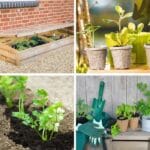
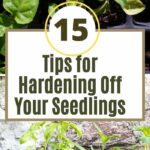
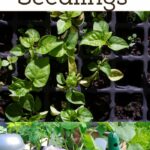
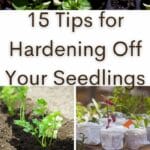
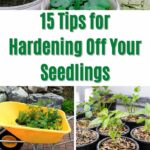
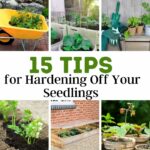
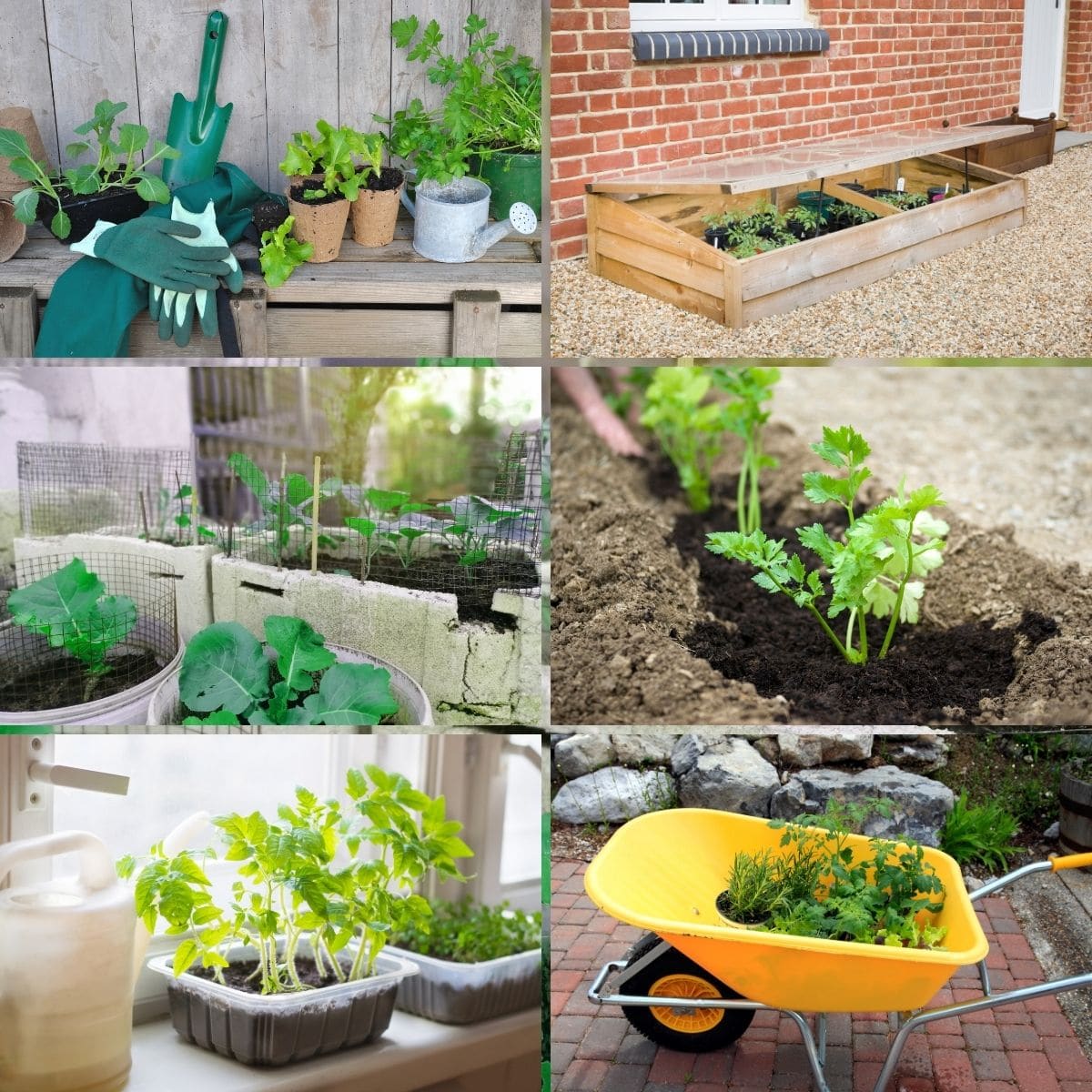
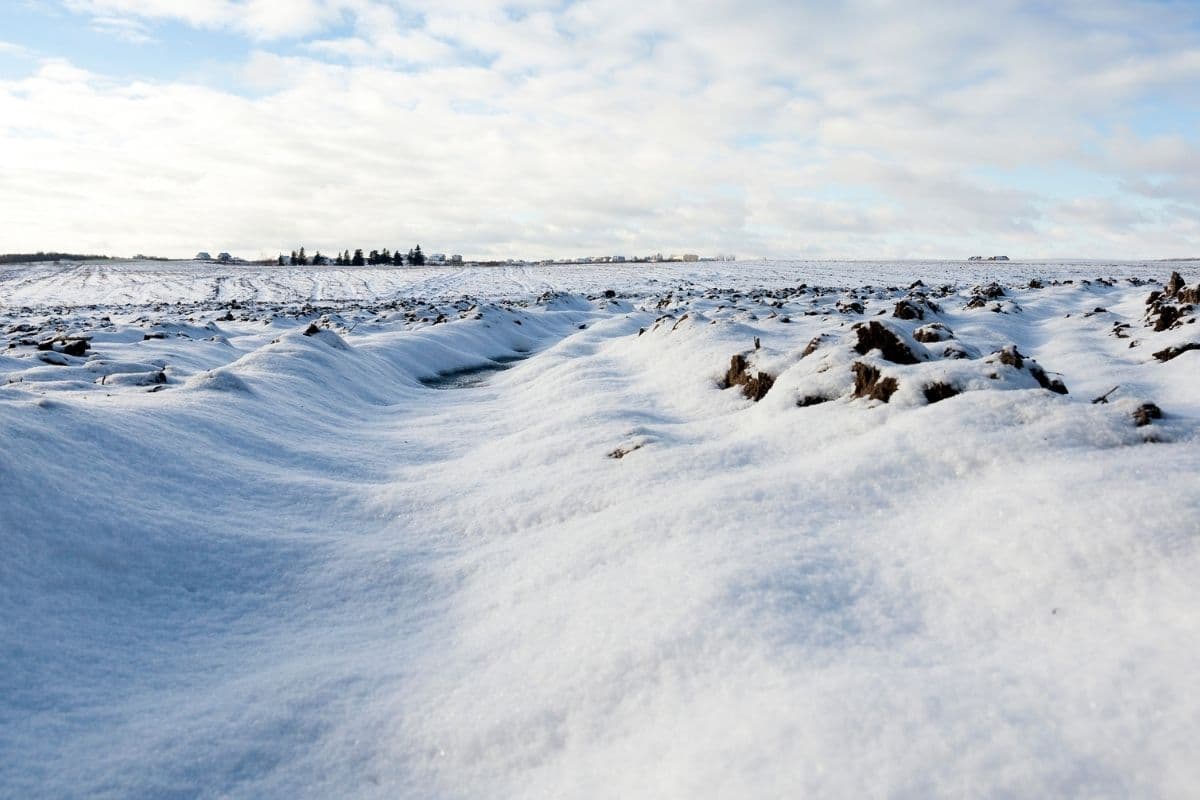
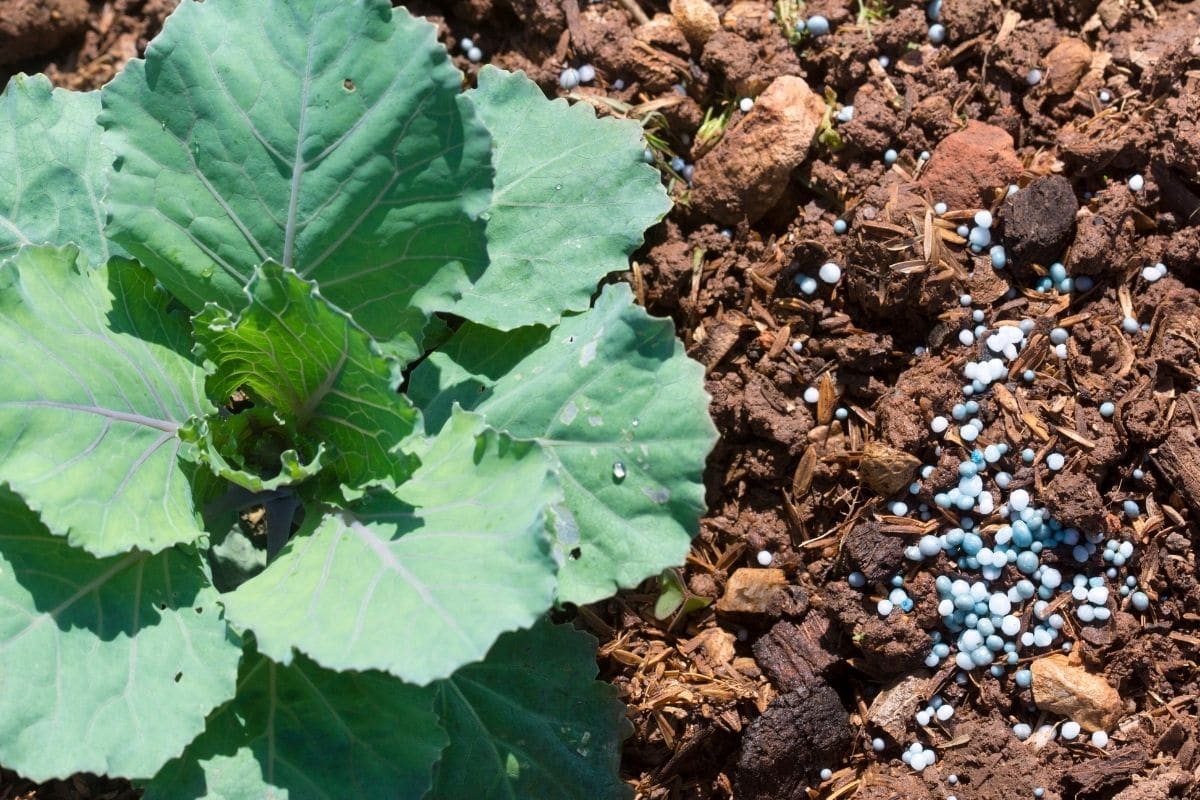
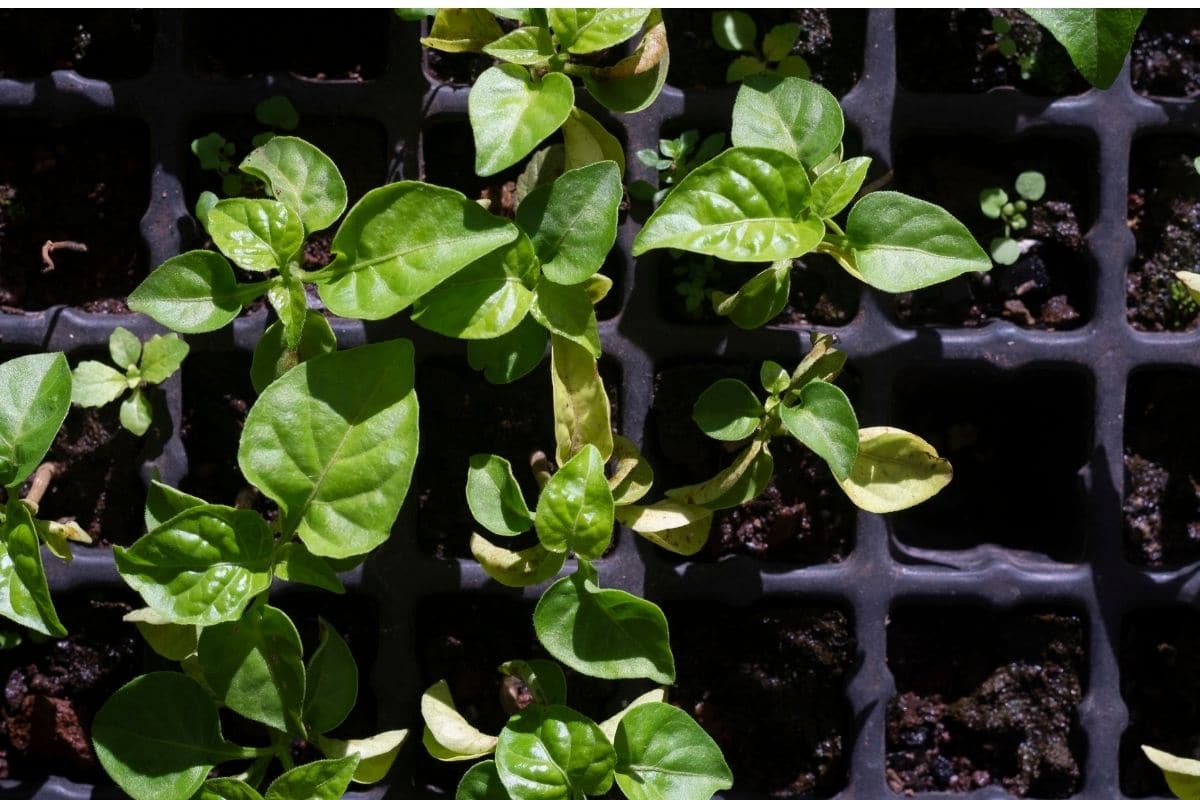
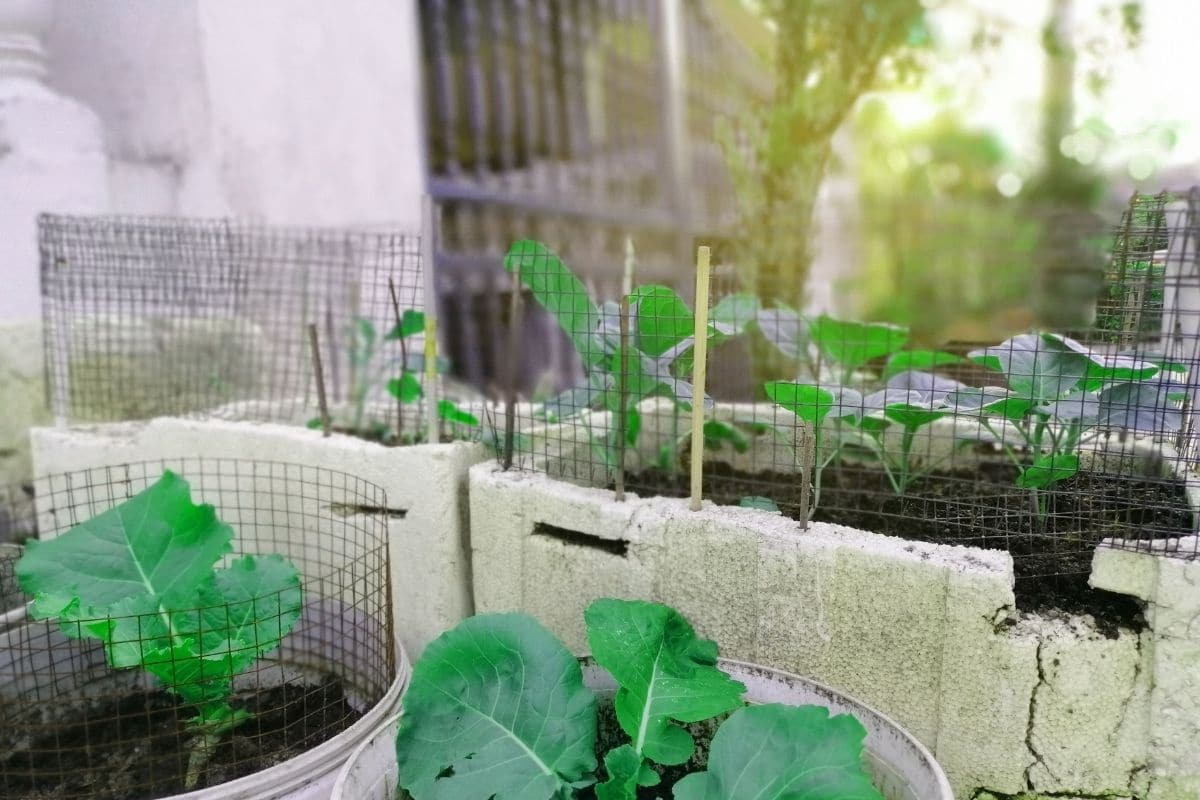
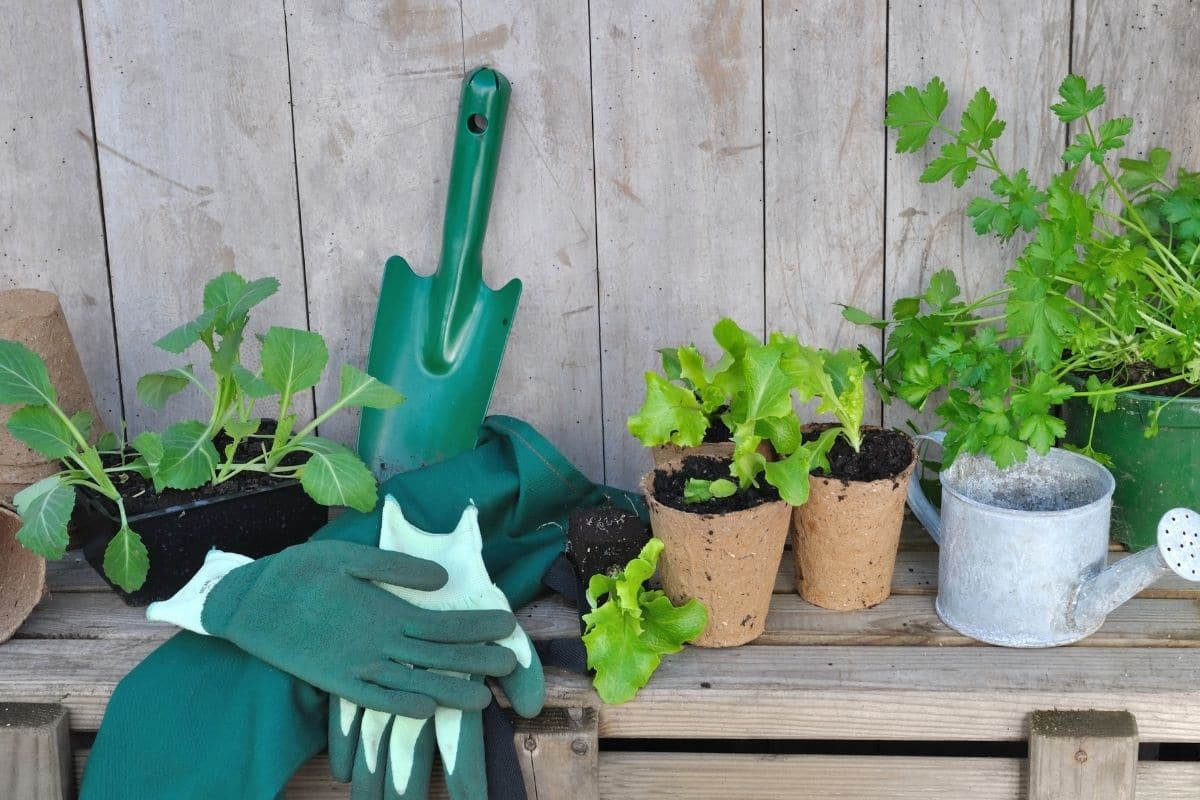
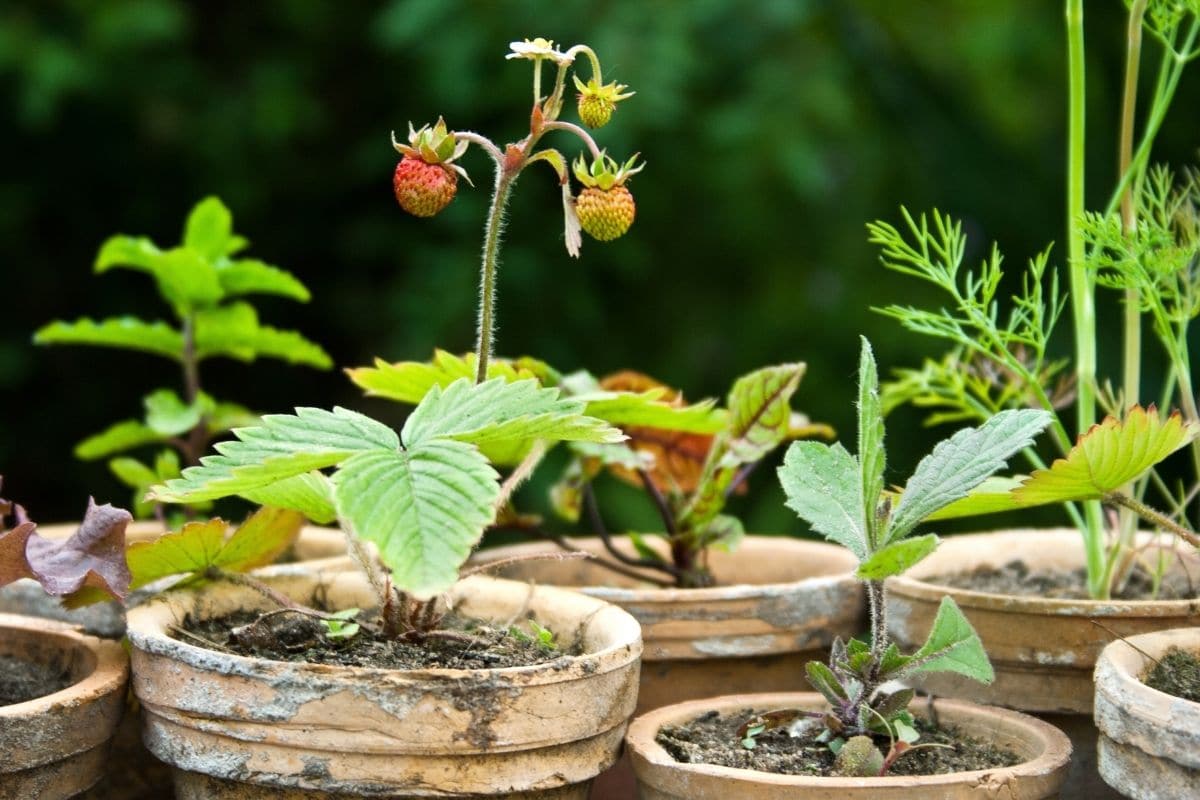
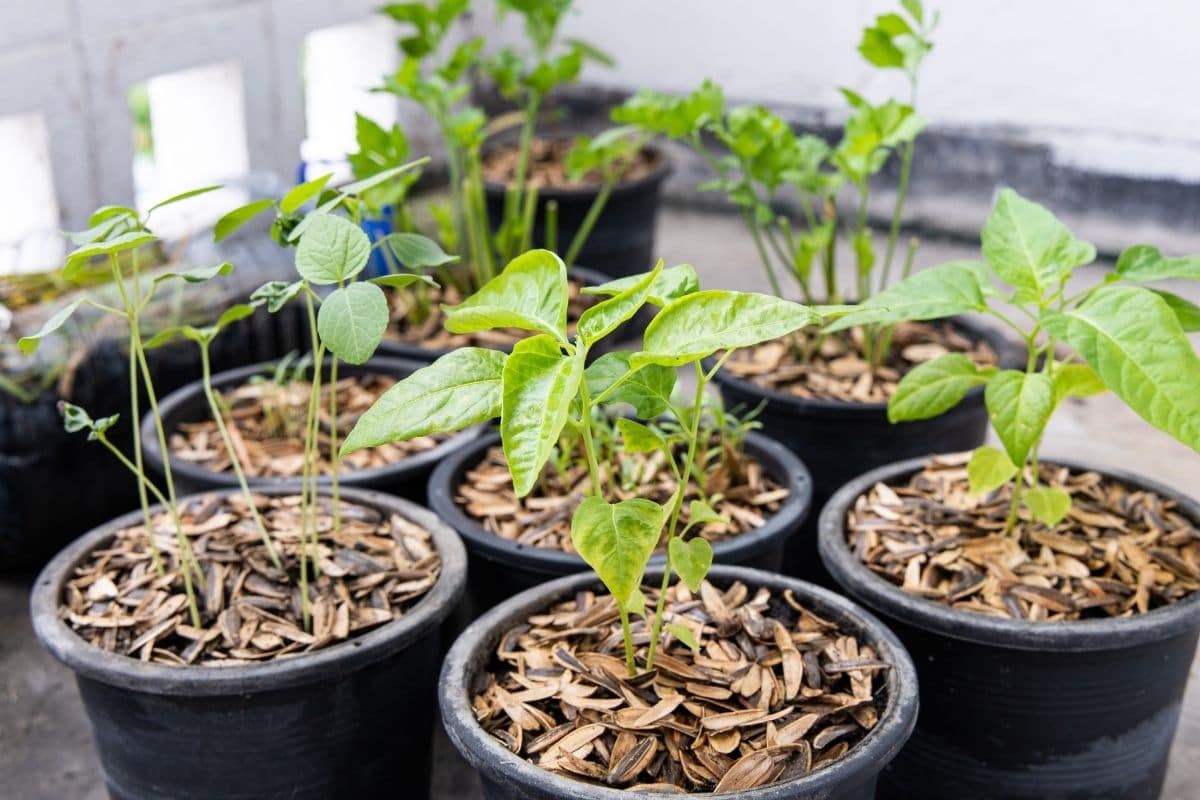
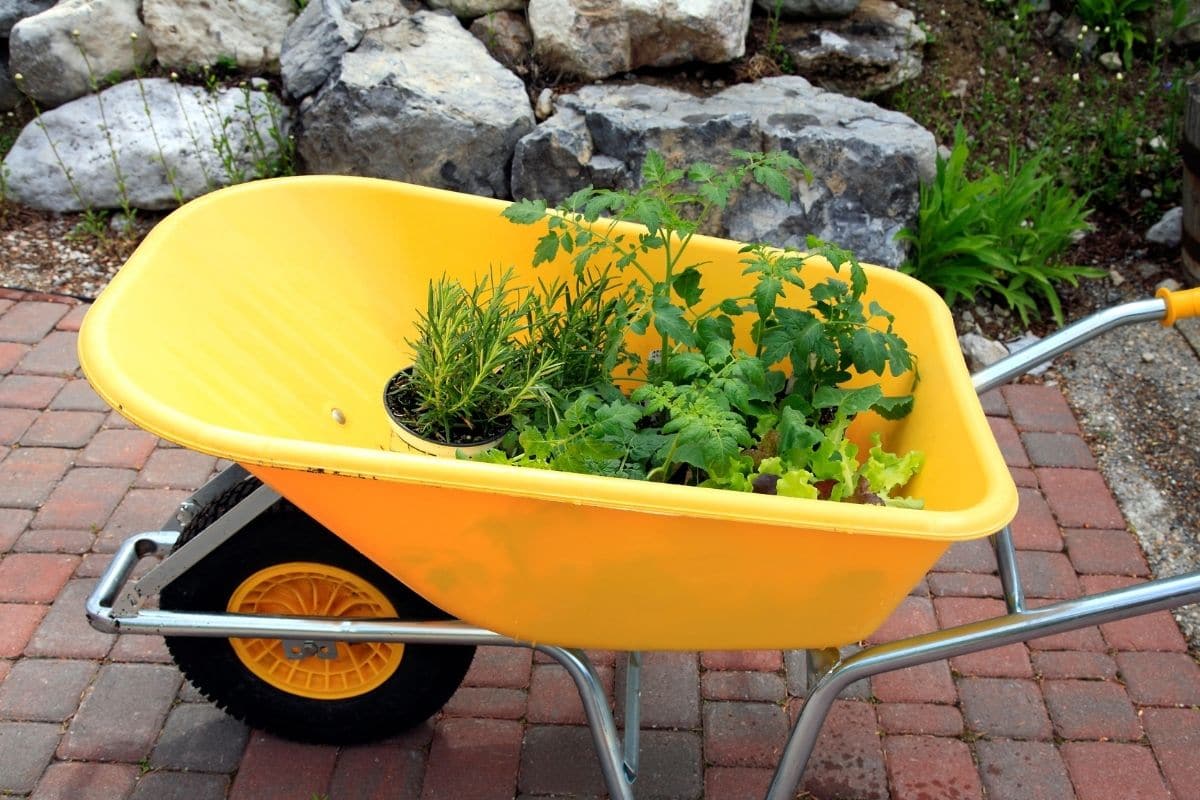
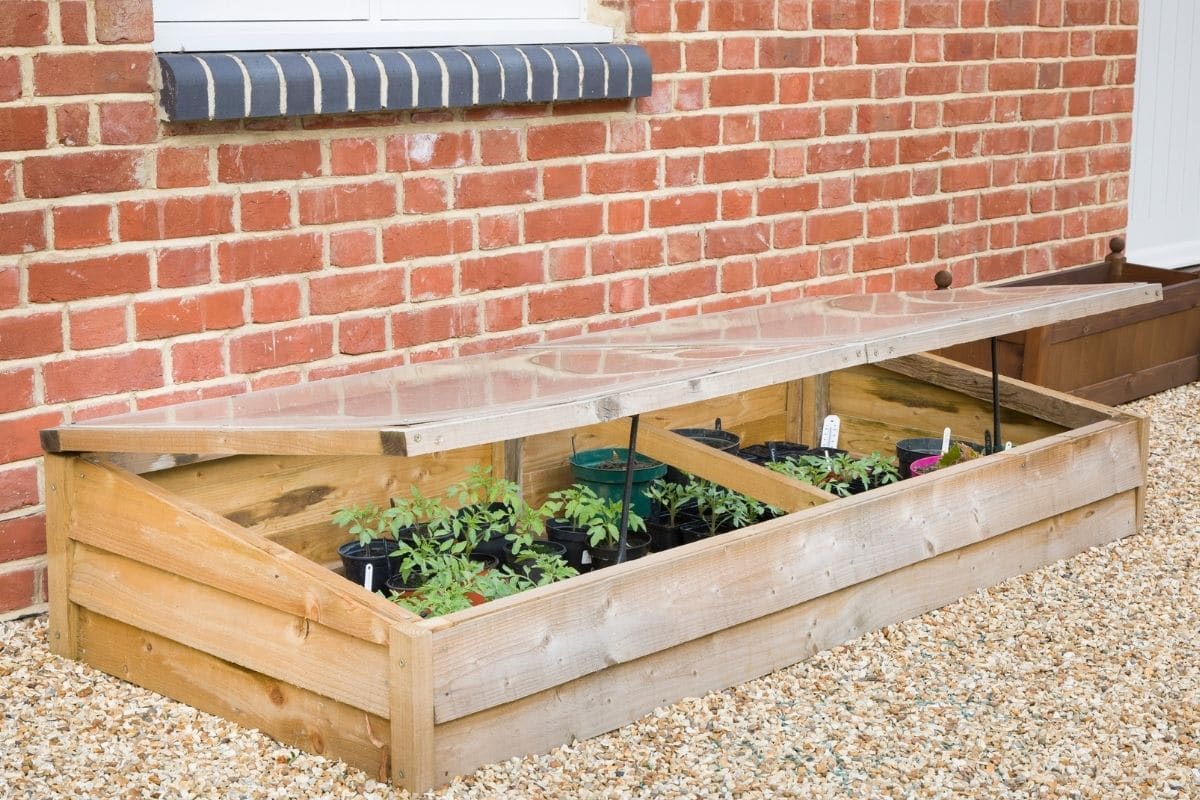
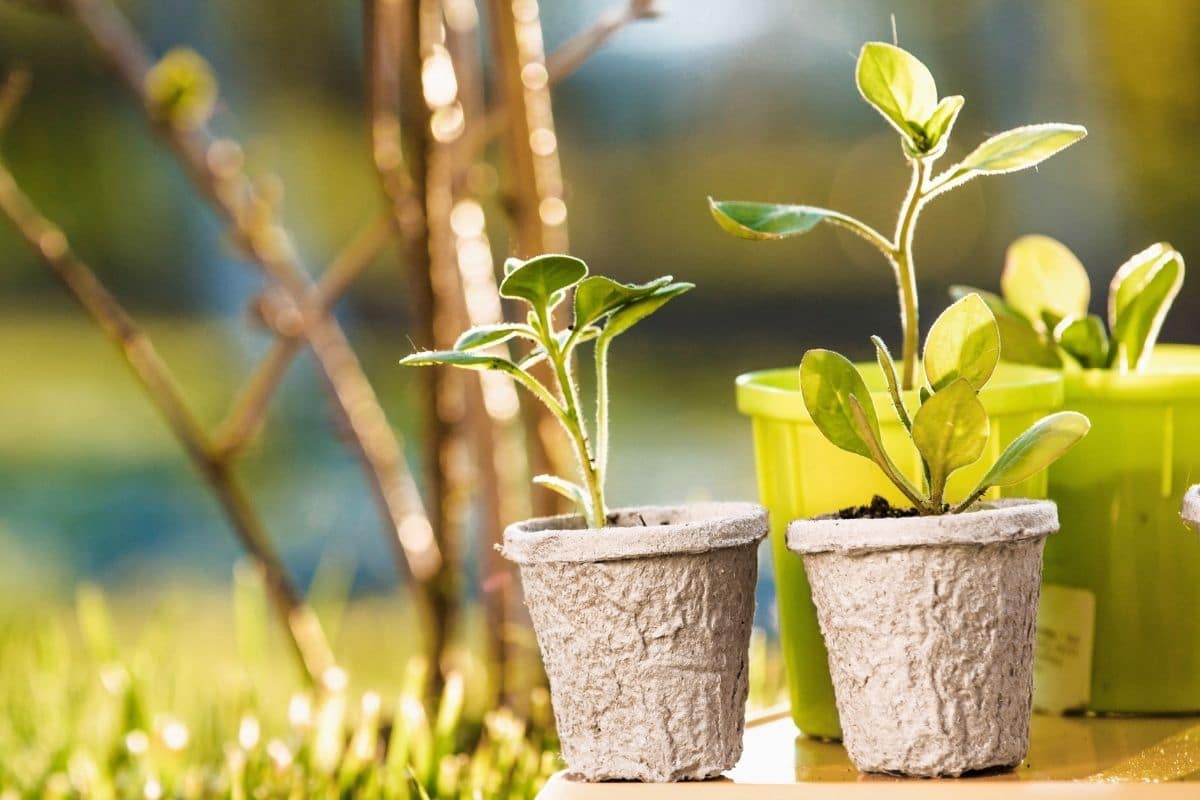

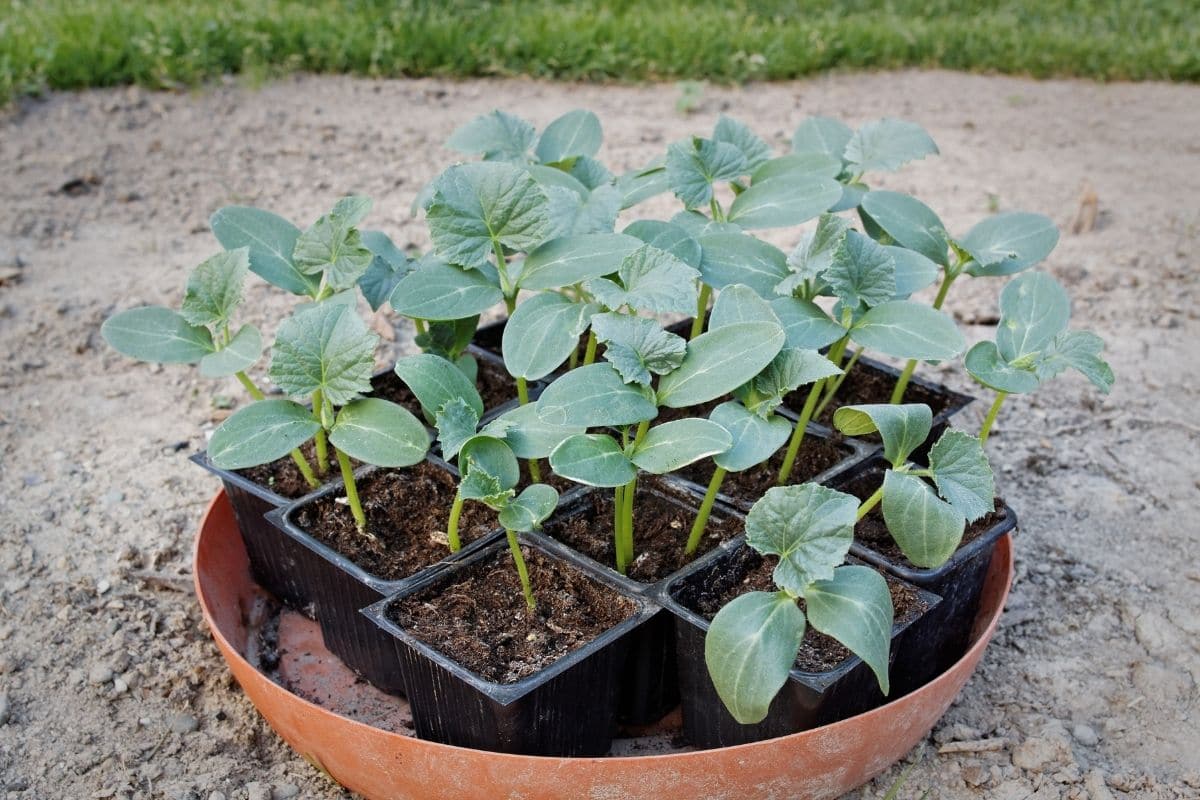
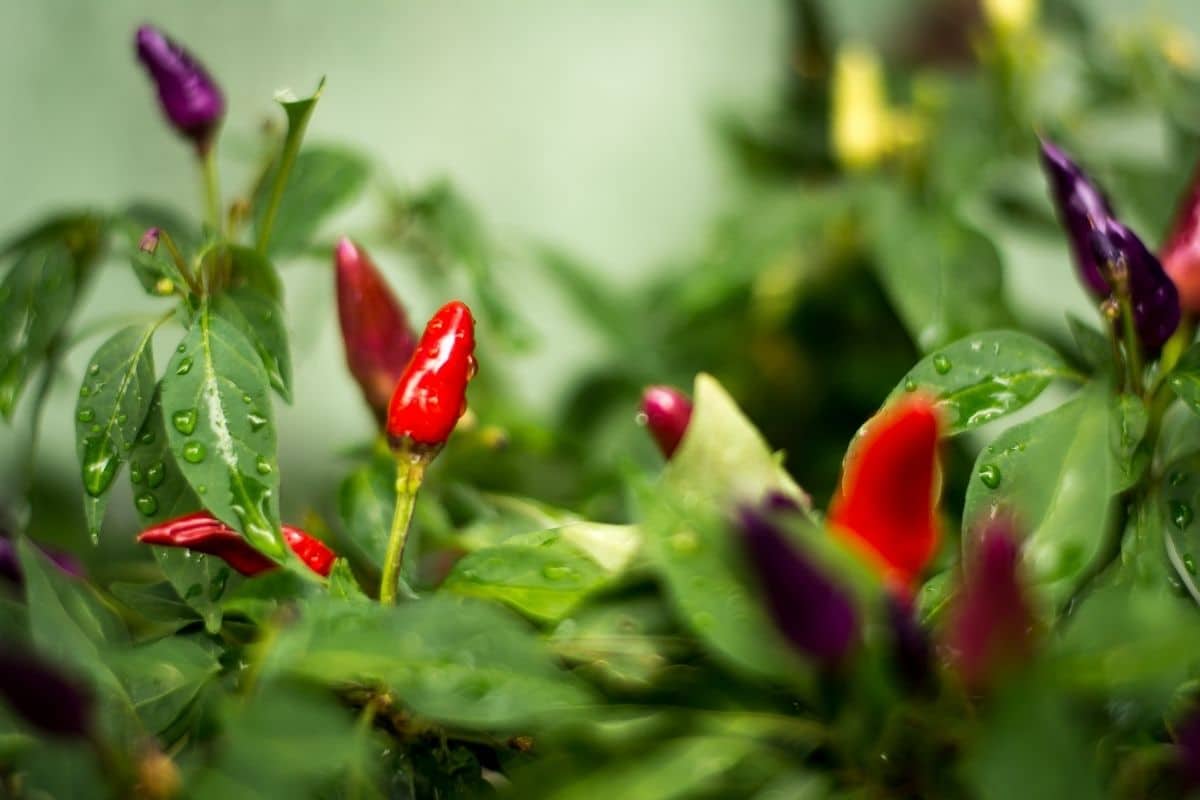
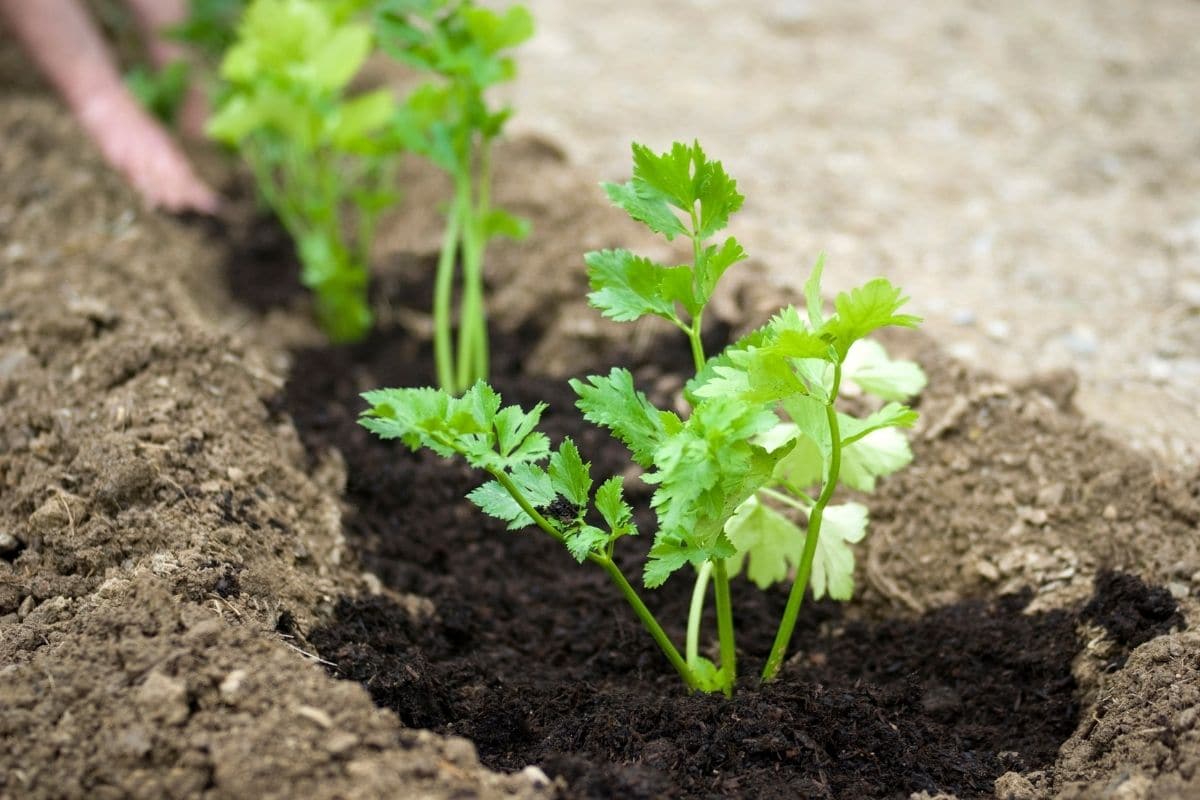
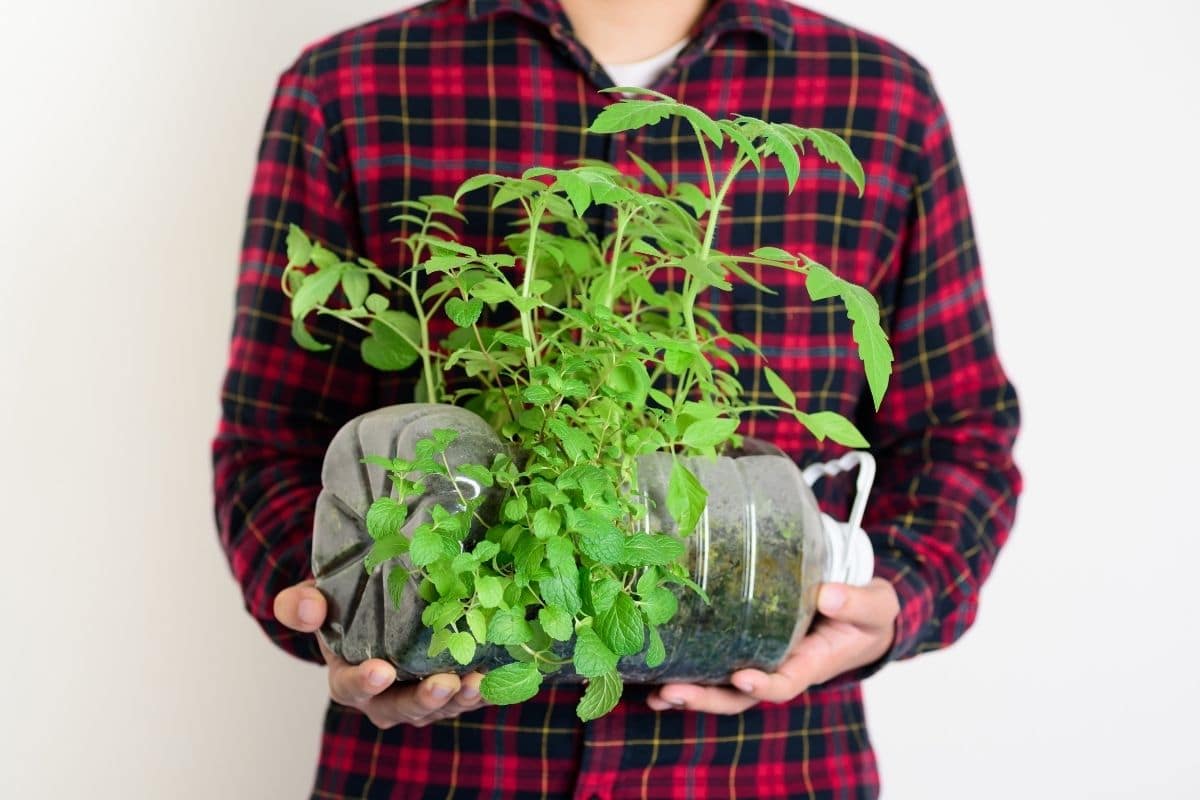
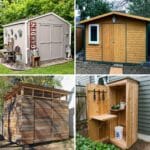
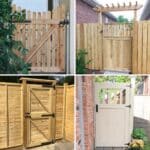
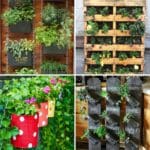

Leave a Reply